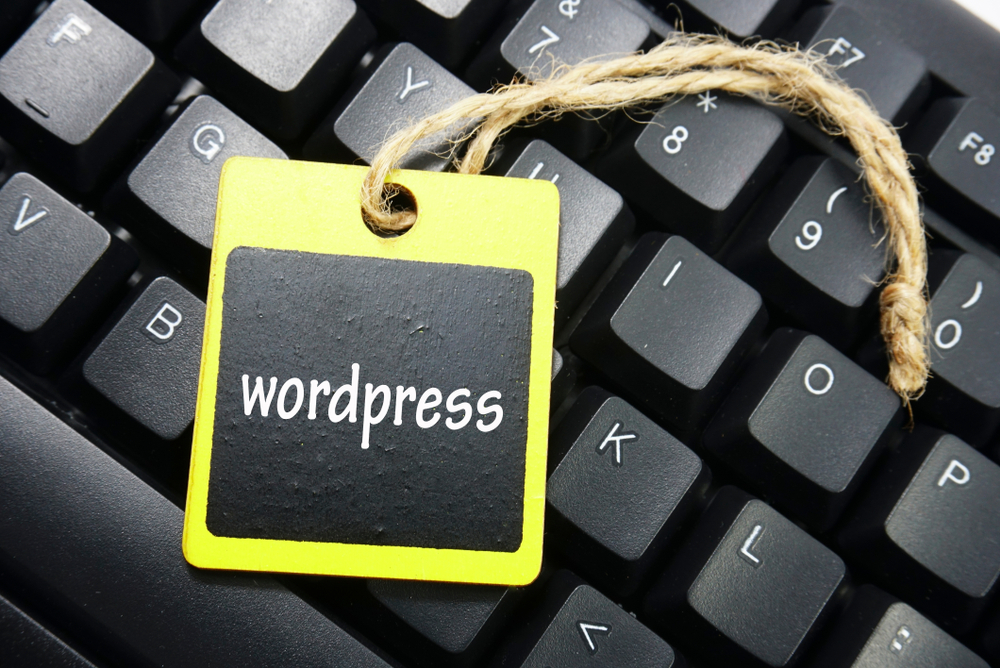
WordPress (WP) is one of the most popular content management systems for creating and maintaining websites. It offers an intuitive interface, powerful features, and a vast array of customization options. Whether you are a beginner or an experienced user, there are always new tips and tricks to learn to take your WordPress (the platform for bloggers) skills to the next level. In this article, we will explore some proven tips and tricks for customizing and maintaining your WordPress website.
1. Explore Themes
Themes play a crucial role in the appearance and functionality of your WordPress (or WP) website. There is a wide range of themes available, both free and premium, catering to different industries and design preferences. Take the time to explore different themes and select one that aligns with your website's goals and aesthetics.
Customizing a theme is a great way to make your website stand out. WordPress (the blogging platform) offers a built-in Customizer tool that allows you to modify various aspects of your theme, such as colors, fonts, and layout. Additionally, you can use custom CSS to further personalize your website's design.
2. Utilize Plugins
Plugins extend the functionality of your WordPress website beyond what is offered by default. There are thousands of plugins available, covering a wide range of features and functionalities. Whether you need to add a contact form, optimize your website for search engines, or integrate with social media platforms, there is likely a plugin that can fulfill your requirements.
However, it is important to exercise caution when installing plugins. Using too many plugins can slow down your website and even introduce security vulnerabilities. Only install plugins from trusted sources and regularly update them to ensure compatibility with the latest version of WordPress.
3. Optimize for Speed
Website speed is a critical factor in user experience and search engine rankings. Slow loading times can lead to high bounce rates and lower conversions. Fortunately, there are several steps you can take to optimize your WordPress website for speed.
Firstly, choose a reliable hosting provider that offers fast servers and good uptime. Additionally, consider using a caching plugin to generate static HTML files of your web pages, reducing the server's processing load and improving load times. Compressing images, minifying CSS and JavaScript files, and leveraging browser caching are other effective techniques to speed up your website.
4. Secure Your Website
WordPress is a popular target for hackers due to its widespread usage. Therefore, it is crucial to take steps to secure your website and protect it from potential threats.
Start by using strong passwords and changing them regularly. Regularly updating WordPress, themes, and plugins is also vital, as updates often include security patches. Installing a security plugin is another effective measure, as it provides features such as malware scanning, firewall protection, and login security.
Furthermore, consider implementing two-factor authentication to add an extra layer of security to your WordPress login process.
5. Optimize for Search Engines
WordPress websites are well-regarded by search engines, thanks to their clean code and SEO-friendly structure. However, there are still steps you can take to optimize your website further and improve its visibility in search engine results.
Firstly, install an SEO plugin such as Yoast SEO or All in One SEO Pack. These plugins provide an easy-to-use interface to optimize your website's meta tags, XML sitemaps, and structured data.
Additionally, focus on creating high-quality, keyword-rich content that appeals to both users and search engines. Use descriptive URLs, header tags, and internal linking to further improve your website's SEO.
Frequently Asked Questions
1. Can I switch themes without losing my content?
Yes, switching themes in WordPress does not affect your content. However, the new theme's settings and customization may differ from your previous theme, requiring some adjustments. It is always recommended to backup your website before making significant changes.
2. How often should I update WordPress?
WordPress releases updates regularly to fix bugs, enhance functionality, and address security issues. It is crucial to update WordPress as soon as new versions become available. However, before updating, ensure that your website's plugins and themes are compatible with the latest version.
3. Can I use multiple plugins for the same functionality?
While it is possible to use multiple plugins for the same functionality, it is generally not recommended. Using multiple plugins that perform the same task can lead to conflicts and compatibility issues. It is advisable to research and choose a reliable plugin that fulfills your requirements instead of using multiple ones.
4. Is it necessary to compress images before uploading them to WordPress?
Compressing images before uploading them to WordPress is highly recommended. Large image file sizes can significantly impact your website's loading speed. You can either use image compression tools or install plugins that automatically compress images upon upload.
5. How can I track website performance and analytics?
You can track your WordPress website's performance and analytics using various tools. One popular option is Google Analytics, which provides in-depth insights into your website's traffic, audience demographics, and user behavior. To add Google Analytics to your WordPress website, you can either insert the tracking code manually or use a dedicated plugin.
Mastering WordPress takes time and practice. By exploring themes, utilizing plugins, optimizing for speed and search engines, and securing your website, you can create a customized and highly functional WordPress website that meets your goals. Remember to keep up with the latest WordPress updates and continuously improve your website's performance and user experience.
Other useful resources
- https://www.wordpress24plus.com/services/wordpress-developer/
- https://en.wikipedia.org/wiki/Blog